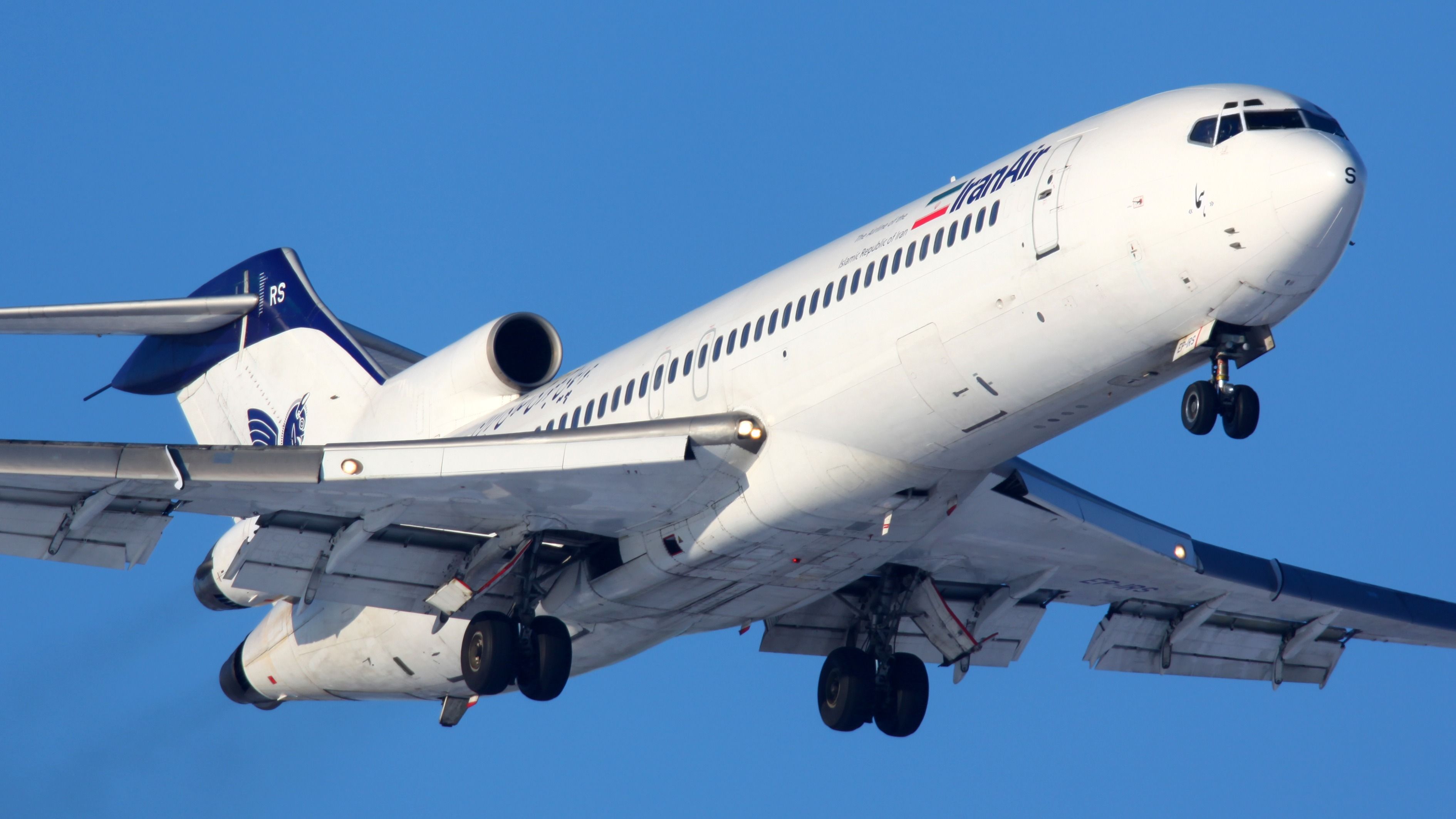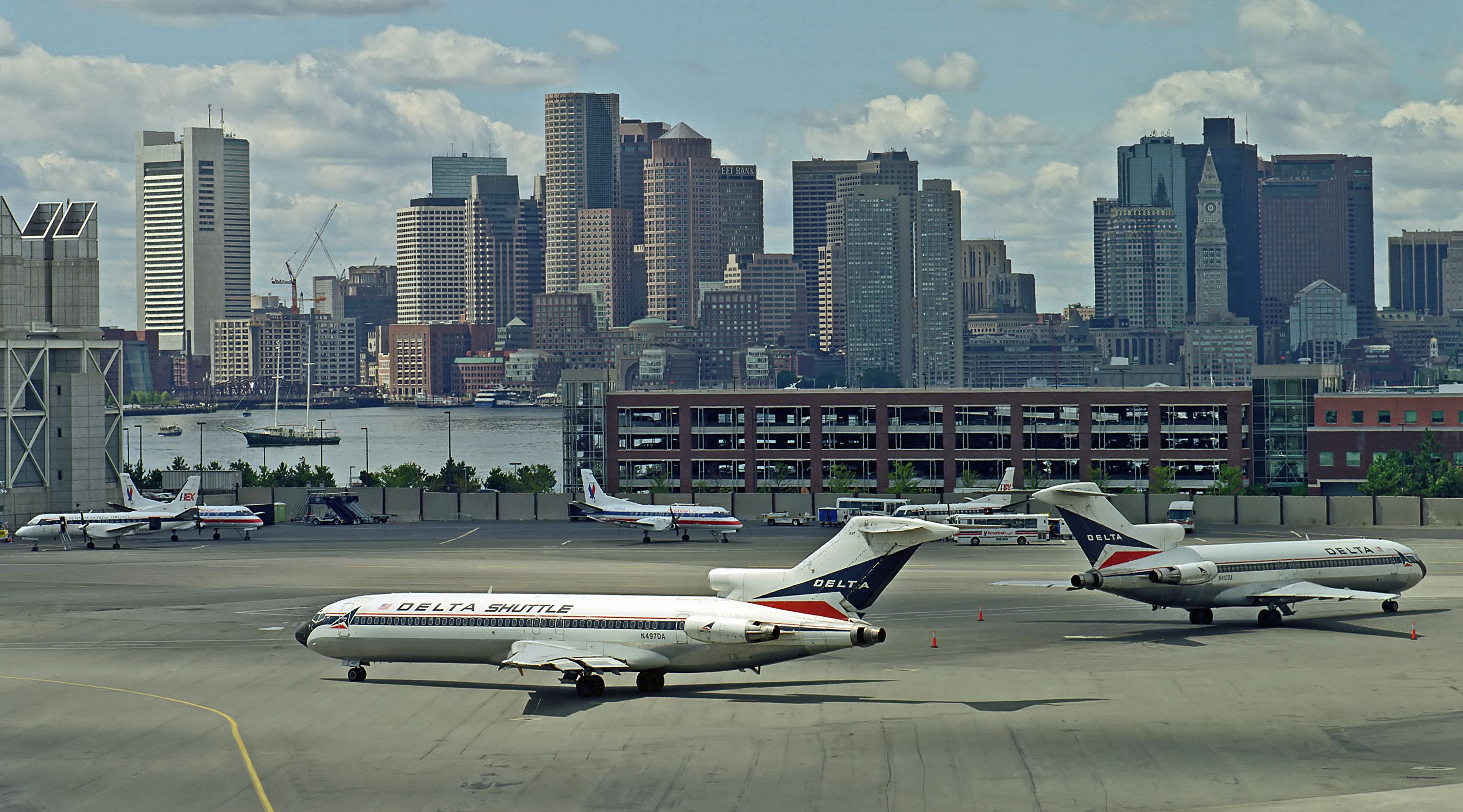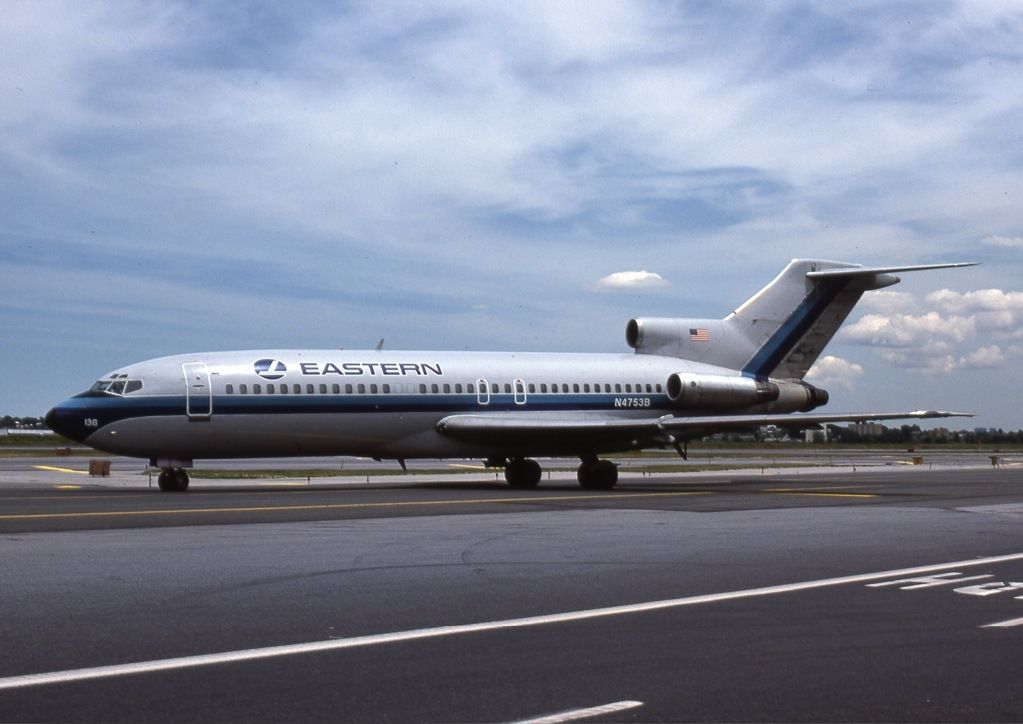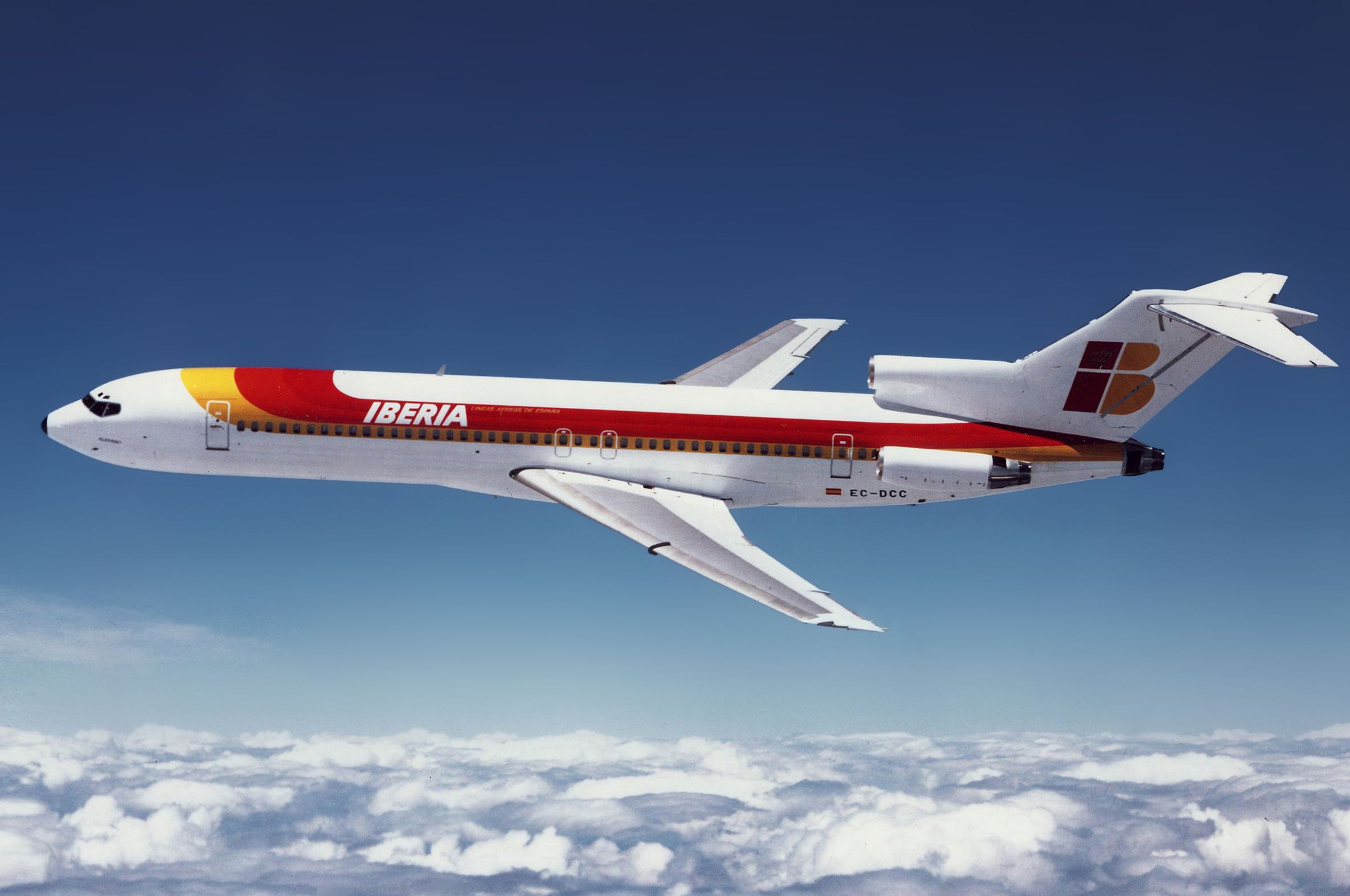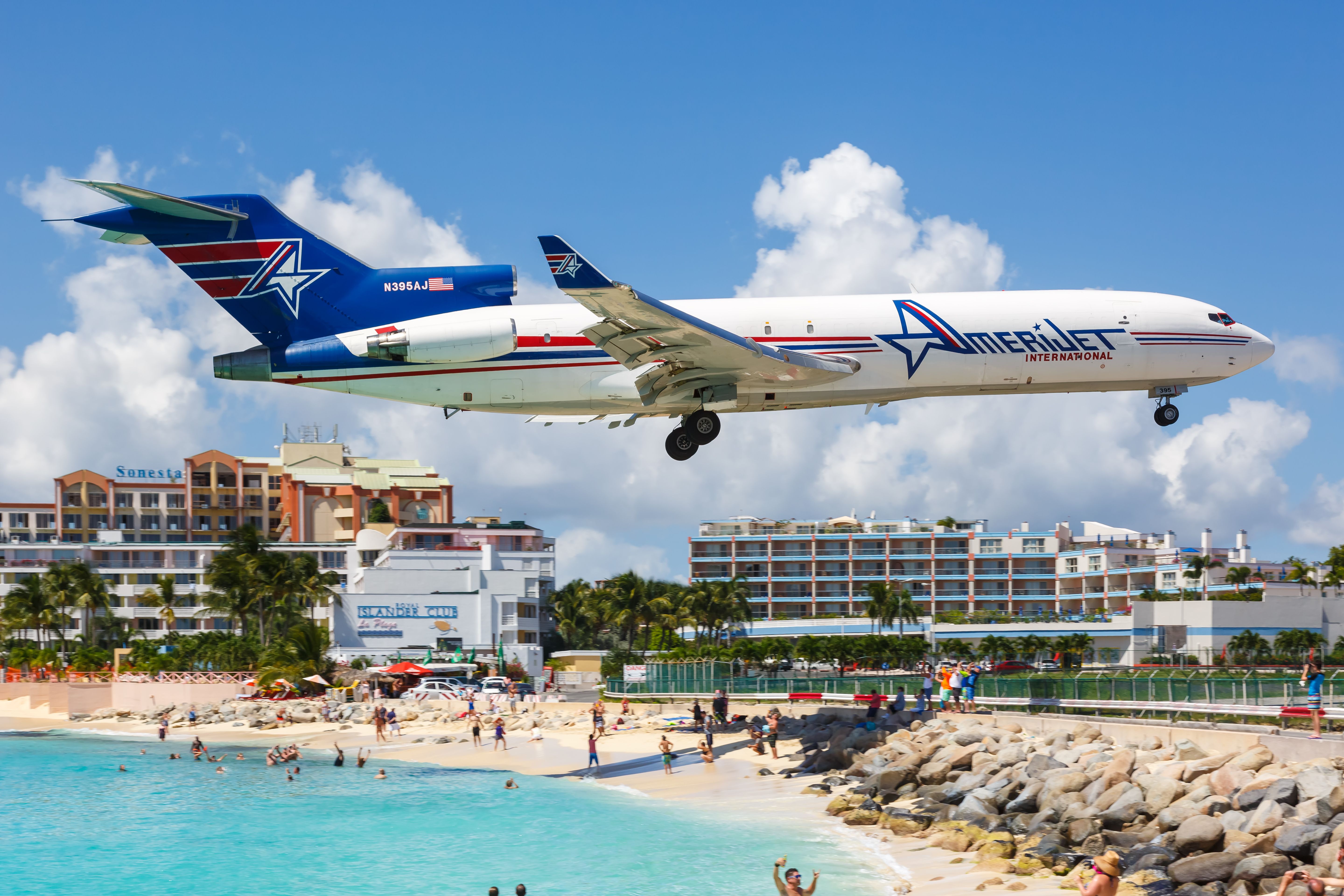The Boeing 727 entered into commercial service with Eastern Air Lines almost 60 years ago, on February 1st, 1964. By the time production ended in 1984, Boeing had built 1,832 examples of the type. What were some of the key factors that led to the 727's development, and why did it become such a popular aircraft?
Airline requirements
Following the introduction of the four-engined Boeing 707 in 1958, airlines sought an aircraft that could serve smaller airports with shorter runways and fewer passengers. But each airline had different requirements.
American Airlines wanted a twin-engined plane for better fuel efficiency, while Eastern needed an aircraft with at least three engines that it could deploy on key routes to the Caribbean. At the time, twin-engined aircraft were not allowed to fly more than 60 minutes away from an airport where they could safely land. United Airlines, meanwhile, needed an aircraft that it could operate from high-altitude airports, like its hub at Denver Stapleton Airport (DEN) in Colorado. Ultimately, all three airlines compromised and asked Boeing to build a three-engine powered aircraft.
Similar in concept to the British-built Trident trijet, Boeing intended to power the 727 with three Allison AR963 turbofan engines, a built-under-license version of the Rolls-Royce RB163 Spey. At the time, Pratt & Whitney was actively looking for customers for its JT8D turbofan engine and convinced Eastern Airlines and United Airlines that it would be perfect for the plane that Boeing was building for them.
Such was the influence of Eastern Airlines at the time that when the carrier's Chairman, Eddie Rickenbacker, told Boeing that he preferred the Pratt & Whitney offering over the Allison engine, the manufacturer opted for the former despite it adding more weight to the aircraft.
Unique design features
Boeing's 727 was designed to operate out of small airports with short runways, like the 4,800-foot-long runway at Key West International Airport (EWY) in Florida. Also, because it was made to fly to and from airports with potentially limited facilities, Boeing gave the 727 its own auxiliary power unit (APU). By incorporating this component into the aircraft, it could run its air-conditioning and start the engines without needing a ground-based power supply.
Another innovative feature of the Boeing 727 was its retractable staircase built into the aircraft's rear, which allowed passengers to get on and off the plane without needing movable stairs. This was a feature taken into account by D.B. Cooper. On November 24th, 1971, on Northwest Orient Airlines Flight 305 between Portland and Seattle, Cooper told a flight attendant that he had a bomb. When the plane landed in Seattle, he demanded $200,000 in cash and four parachutes.
He then instructed the pilot to fly him to Mexico with a refueling stop in Reno, Nevada. Shortly after the aircraft took off from Seattle while flying over southwestern Washington, Cooper deployed the rear staircase and parachuted into the night. Another unique feature of the Boeing 727 was that it had a front wheel brake to help it stop quicker on short runways.
International success
The Boeing 727 ended up being a massive success for Boeing, with commercial, cargo, and military operators in the US and worldwide. During its production run from 1962 until 1984, 1,832 727s were built, with operators including Delta Air Lines, Mexicana de Aviación, and All Nippon Airways.
Did you fly on a Boeing 727? What do you make of the story of the aircraft's development? Share your thoughts and experiences by commenting below.

